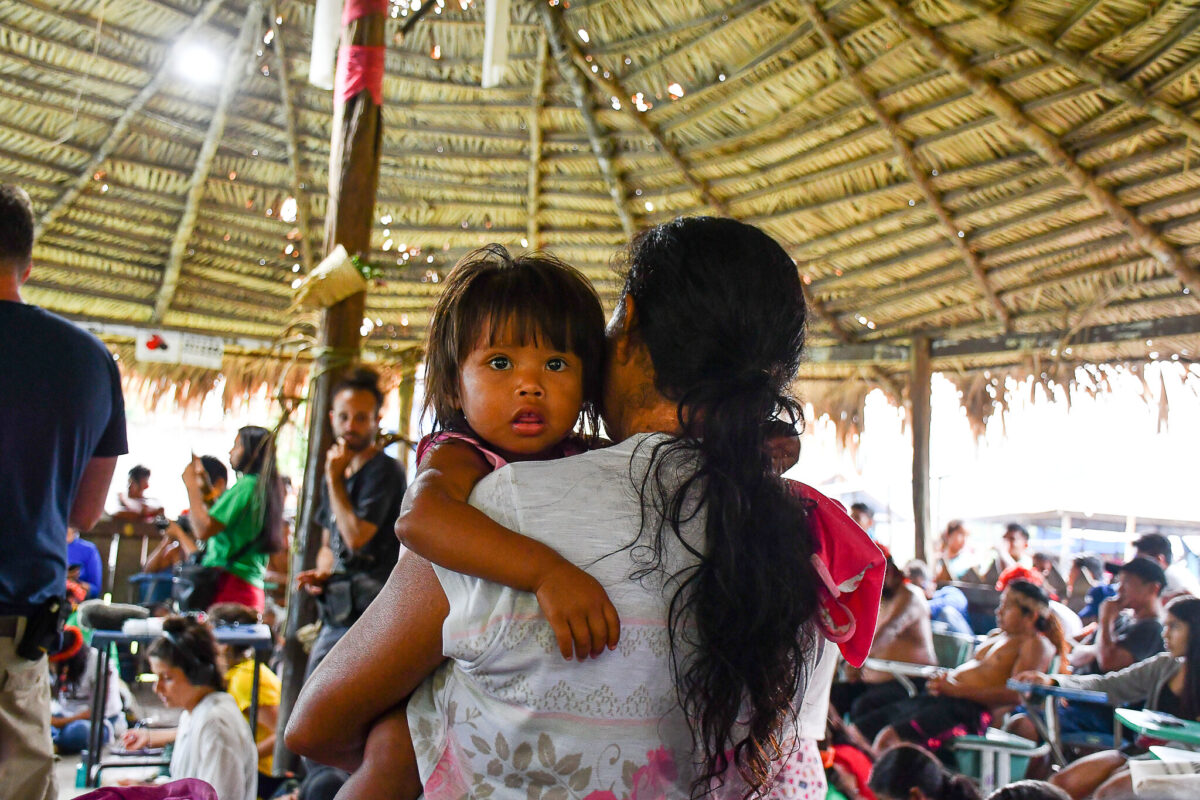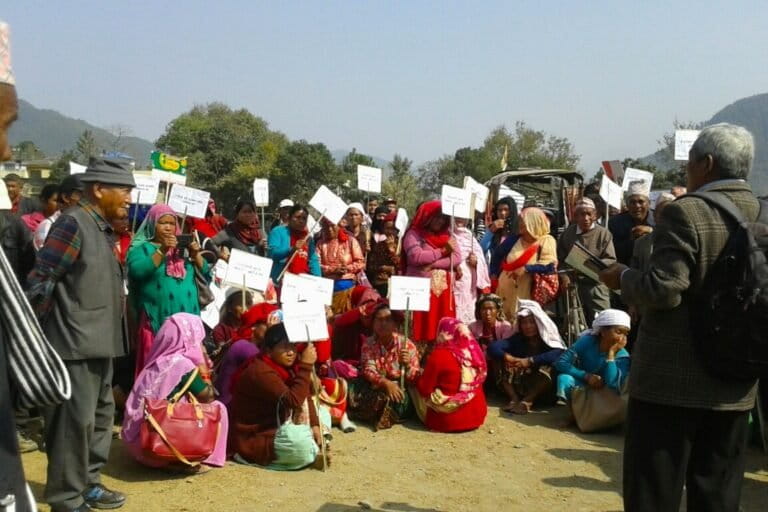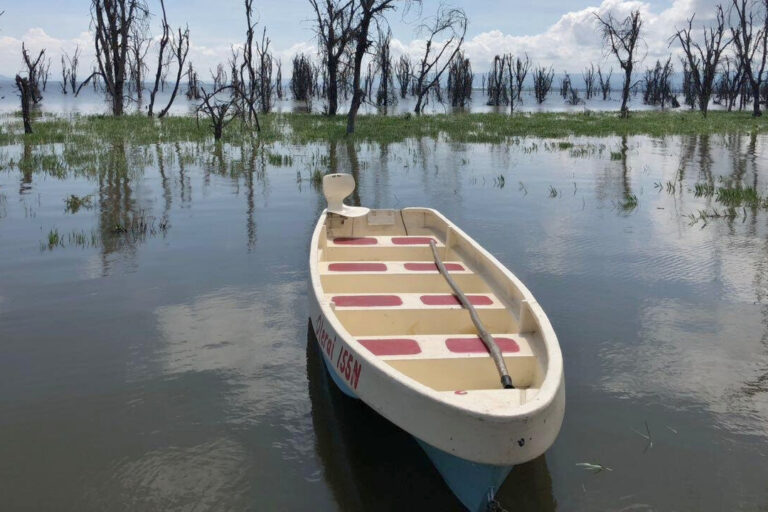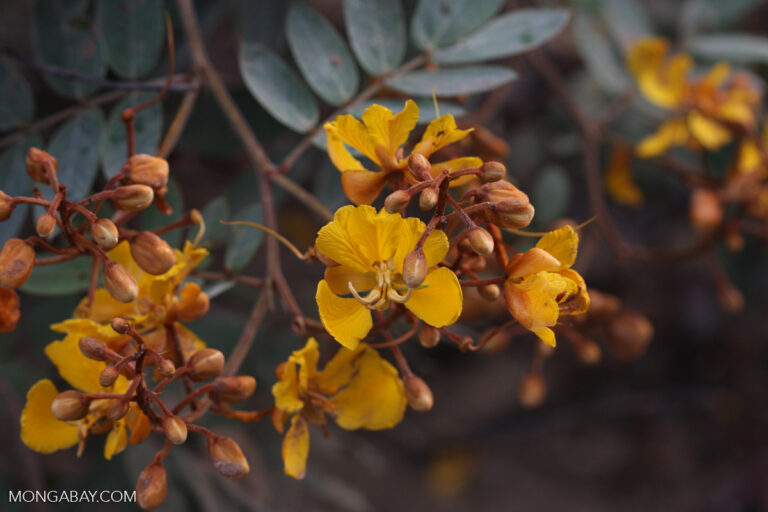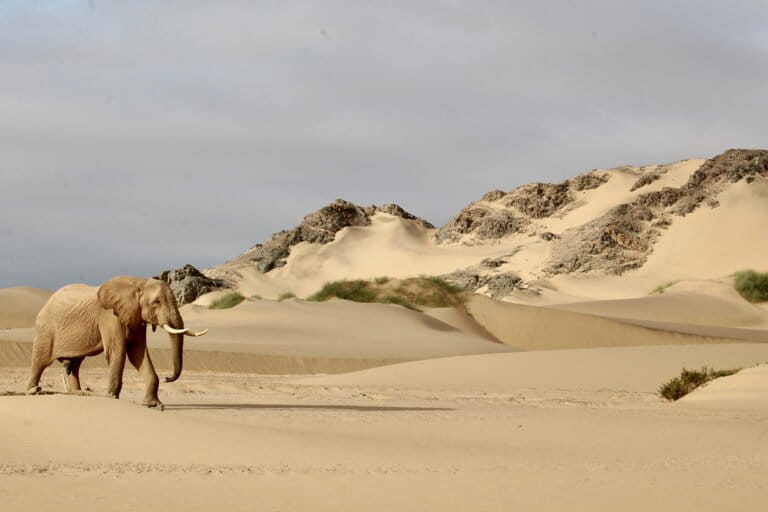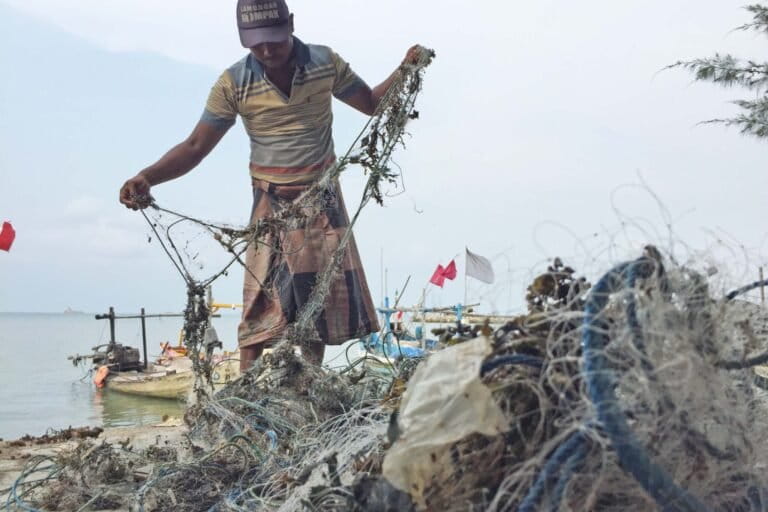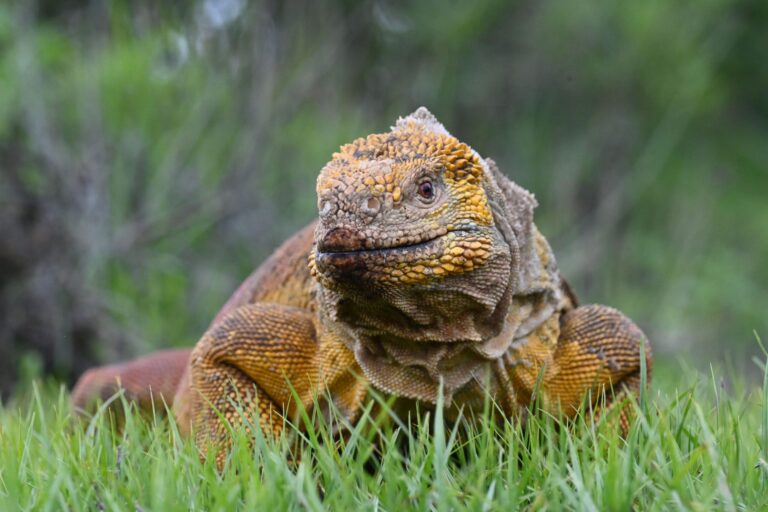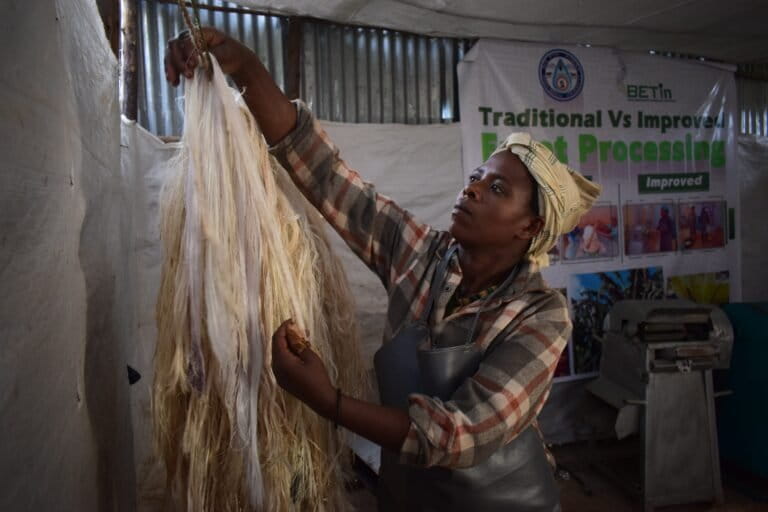- “Even if we can’t see it, the ocean is telling us it can’t breathe. It’s time to listen and to act,” a new op-ed argues as global leaders and changemakers gather for the U.N. Oceans Conference this week.
- When oxygen levels in parts of the ocean drop dangerously low due to land-based pollution, hypoxic “dead zones” where marine life can no longer thrive are the result, driving ecosystem and fisheries collapses.
- These zones have grown by an area the size of the European Union over the past 50 years, but the Global Environment Facility’s Clean and Healthy Ocean Integrated Program is aimed at tackling this overlooked yet expanding threat.
- This post is a commentary. The views expressed are those of the authors, not necessarily of Mongabay.
When wildfires rage across landscapes, smoke fills our skies and chokes our lungs. It makes headlines, emergency measures are triggered, and communities rally to respond. We act because we can see it, smell it, and feel it.
But beneath the ocean’s surface, another crisis is silently unfolding. What happens when our oceans — the planet’s blue lungs — struggle to breathe?
As global leaders and changemakers gather for the U.N. Oceans Conference, we must confront a growing but often overlooked threat: marine hypoxia. When oxygen levels in parts of the ocean drop dangerously low, they create hypoxic “dead zones” where marine life can no longer thrive.
Over the past 50 years, dead zones and low-oxygen areas in the open ocean have grown by 4.5 million square kilometers (1.7 million square miles) — an area the size of the European Union — and the volume of areas with no oxygen has more than quadrupled. In coastal zones, there were just 10 recorded dead zones in the 1960s; today, more than 500 coastal sites have reported hypoxia.

Dead zones were almost entirely unknown until the use of fertilizers became widespread. Despite a massive boost in agricultural yields, it sparked a chain reaction reaching the depths of the ocean. When excess nutrients (such as nitrogen and phosphorus) from agriculture, urban runoff and industrial waste wash into rivers and coastal waters, they trigger massive algal blooms that block sunlight and deplete oxygen beneath the ocean surface.
Life underwater needs oxygen to survive. When parts of the ocean have less oxygen, fish and marine species die or migrate, leaving dead zones in their wake. Marine hypoxia is already pushing tuna and sharks, sensitives species underpinning valuable markets and ecosystems, into smaller oxygen-rich zones.
Why should this matter to all of us? Because the ocean’s well-being is our well-being. The ocean contributes an estimated $2.5 trillion to the global economy, and billions of people on every continent rely on coastal ecosystems to put food on their tables. As hypoxia spreads and dead zones expand, diminishing fish stocks and smaller catches put coastal livelihoods and local diets at risk.
The Intergovernmental Panel on Climate Change has warned that as the number of dead zones increases, fishery catches are expected to decline. Women in low- and middle-income countries, who account for half of the workforce in fisheries and aquaculture, are especially affected. Processing and marketing jobs in small-scale fisheries are often part-time, unstable, and predominantly employ women. When fish populations decline and coastal ecosystems suffer, these jobs are usually the first to disappear.
While more research is needed to understand long-term impacts, the warning signs are already here, and the cost of inaction grows each year. If current trends continue, human activity could push the ocean toward widespread oxygen loss, echoing the oxygen-starved oceans and warmer climates of past mass extinction events.
The threat is real and advancing — but so is our response. The Global Environment Facility’s Clean and Healthy Ocean Integrated Program (CHOIP) is one of the most ambitious global efforts to tackle land-based nutrient pollution and restore balance in our ocean’s oxygen. With $112 million in grant funding and $750 million in co-financing, our initiative — led by the U.N. Food and Agriculture Organization in collaboration with partners — targets 10 of the world’s most critical Large Marine Ecosystems, from the Bay of Bengal to the Caribbean Sea. The program focuses on curbing nutrient pollution at its source — on farms, in cities and in industries — through policy reform, investment and nature-based solutions.

CHOIP is investing in the whole chain of change. The program will improve public understanding of marine hypoxia and build political will to make needed reforms for curbing inland pollution. It will strengthen the science, research and knowledge base of marine hypoxia, so that policymakers and communities can take evidence-based action and make sound investments for people and the planet. The program will support monitoring, early warning systems and inclusive decision-making to help countries turn knowledge into action.
Most importantly, the program empowers communities and governments in 14 countries to work together beyond borders and across freshwater and marine ecosystems for systemic change. From livestock farms to wastewater treatment plants, and from fertilizer policy to infrastructure investments, the program targets the most impactful local sites and sectors to catalyze a global sea change. By restoring coastal ecosystems and protecting livelihoods, especially in vulnerable communities, the program helps to build a healthier ocean and a more resilient future for all of us.
Even if we can’t see it, the ocean is telling us it can’t breathe. It’s time to listen and to act. The U.N. Oceans Conference in 2022 concluded with a call for more ambitious actions for improving the health, productivity, sustainable use and resilience of the ocean and its ecosystems. CHOIP is an answer to that call, channeling much needed investments into local solutions to curb coastal pollution.
The U.N. Oceans Conference is an unmissable opportunity for higher ambition for ocean action and for defining pathways to accelerate actions for oceans. Join us to scale up agrifood systems solutions that repair our relationship with nature, protect biodiversity and ensure a thriving ocean now and for the future.
It’s time we breathe life back into our ocean.
Fred Boltz is the head of programming for the Global Environment Facility (GEF) and Jeffrey Griffin is executive coordinator of GEF’s unit at the Food and Agriculture Organization of the United Nations (FAO).
Banner image: A moray eel in the coral reefs of the Daymaniyat Islands, Oman. Image by Warren Baverstock / Ocean Image Bank.
Related audio from Mongabay’s podcast: Carlos Mallo Molina was recently awarded the 2025 Goldman Environmental Prize for protecting marine biodiversity in the Canary Islands, listen to what drove him to quit his work as an engineer in order to take action for the ocean here:
See related content:
As waterbodies lose oxygen, are we breaching a potential planetary boundary?
US pioneers restoration of deep water corals damaged by country’s worst oil spill




